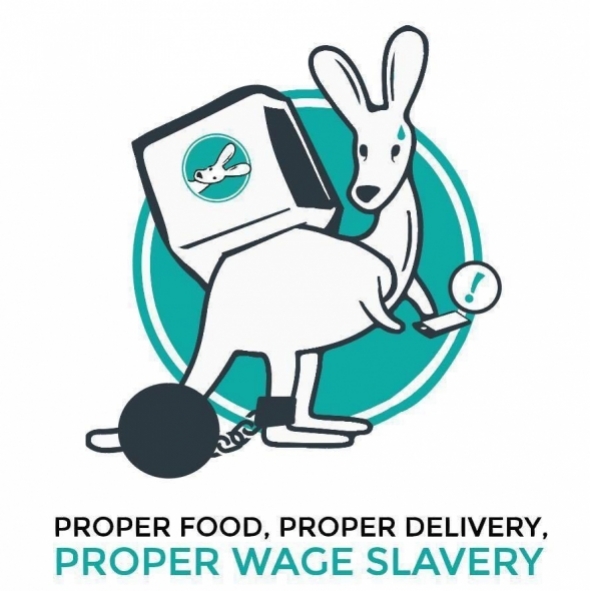In Mute magazine, Jamie Woodcock compares modern-day call centers to “gig economy” company’s like Uber, tracing recent developments in labor discipline and workplace surveillance. He also highlights new forms of worker resistance that are emerging along with these new employment relations. There’s a tendency to think that the extreme casualization of labor achieved by company’s like Uber has rendered worker organizing nearly powerless. But as Woodcock shows, this organizing has not disappeared; it has just evolved. Check out an excerpt from the piece below, or the full text here.
My interest in the ‘gig economy’ began from a similar starting point to the project with call centres: here was a new and rapidly growing form of work, which had clear grievances but no signs of traditional workplace organisation. Just like in call centres, the possibility for workers in the ‘gig economy’ to organise has been written off too quickly. The refrain with Uber drivers was that they had no physical workplace, no way of meeting up, so could not form the networks needed to organise. It is perhaps more accurate to say that these doubts were held by people thinking they could not reach Uber drivers to organise them, a defence from the perspective of existing trade unions about why they could not justify campaign resources. Instead, what Deliveroo shows is that often these platforms require workers to collect at various points – meeting points – so that workers are in the prime position to start a delivery. Even without this, Deliveroo drivers meet at various points around the city, from popular restaurants to busy junctions, now a ubiquitous sight across London. Uber recognised that it was easy to find Deliveroo drivers, with multiple reports of Deliveroo orders to the Uber headquarters, where managers tried to recruit drivers to the rival service. These workers are not completely fractured across digital platforms, but remain embedded within the streets and roads, very real parts of the city. It should also be noted that Uber drivers also have to present documents, and the offices where this happens provide an important point of potential contact, despite the fact an Uber driver is only ever a short drive, and a request on an app, away in London.
Unlike the call centre project, where I worked undercover for six months, I’ve been involved in an activist ethnography with Deliveroo workers since last year. This has meant taking part in some campaigning before the strike, along with more activity that followed the wildcat action. As I have detailed elsewhere, the self-organisation of the Deliveroo workers, along with the support of the couriers’ branch of the IWGB, has been hugely inspiring. The six-day strike was a spontaneous response to Deliveroo’s unilateral attempt to remove the hour rate of pay and replace it with only per-drop payments. This action was organised primarily on WhatsApp, building on pre-existing networks, some of which were formed at the meeting points assigned in each area by Deliveroo. What followed was a lively campaign which was widely circulated on social media.
At the UberEATS strike, which followed soon after the strike at Deliveroo last year, a similar approach was attempted. There was a special offer for the Uber service that meant the first order received a £5 discount. The workers on strike, along with some from Deliveroo, realised they could take advantage of this offer. They started making orders for less than £5 worth of food, getting both a free meal and another driver who could be convinced to join the wildcat action. Those on strike crowded around the driver cheering and chanting ‘log out’ – the ‘gig economy’ equivalent of downing tools – in a spontaneous picket line. Uber, who were well aware of the action taking place, found a workaround to stop orders to the demonstration, preventing any further drivers joining that day. As one of the drivers I interviewed about this explained, as well as the entertainment the strikers got out of the action, they also showed they could ‘occupy the system in a way… if it’s a wild cat strike… it’s like a sit-in.’ This was followed by discussions of how the platforms could be used against themselves, similar to the use of ‘call attacks’ in inbound call centres in Turkey, where activists organise mass phone calling to call centres in order to spread information and try to organise them.
Image via Mute.
